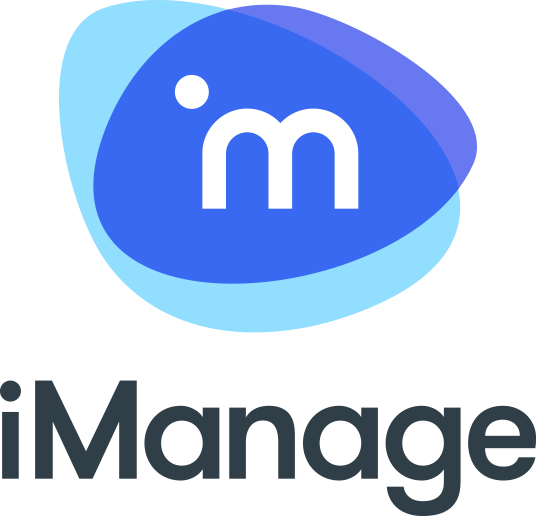Evolutionary microservices
beyond event-driven
Microservices are powerful but come with challenges. One of these challenges is to get the design exactly right. We strongly believe in an evolutionary approach to microservices: start with a monolith and evolve this monolith into microservices when the need exceeds the additional burden.
To accomplish this, applications need to go beyond event-driven. While events are essential, they are not sufficient on their own. We categorize message types into three categories: Events, Commands, and Queries. Each type serves a specific purpose, carries certain expectations, and possesses unique routing characteristics.
This approach achieves location transparency, enabling seamless migration between monoliths and microservices without compromising the core business logic.
Large Swedish furniture retailer
Barclays US
Axon software
Your solution for future-proof applications
Axon Server
- Much more than an event store
- Optimization for messaging
- Zero configuration for easy deployment
- Exceptional performance and scalability
- Robust Data protection
Axon Framework
- Jumpstart development without reinventing the wheel
- Build robust, distributed enterprise systems
- Leverage open source, cost-free, and ready for immediate use
- Accelerate time to market
AxonIQ Console
- Axon Framework built applications
- Axon Server Clusters
- Various AxonIQ Cloud deployments
Companies rely on Axon for mission-critical applications





.png?width=1000&height=600&name=Logo-MoneyLion%20(1).png)


